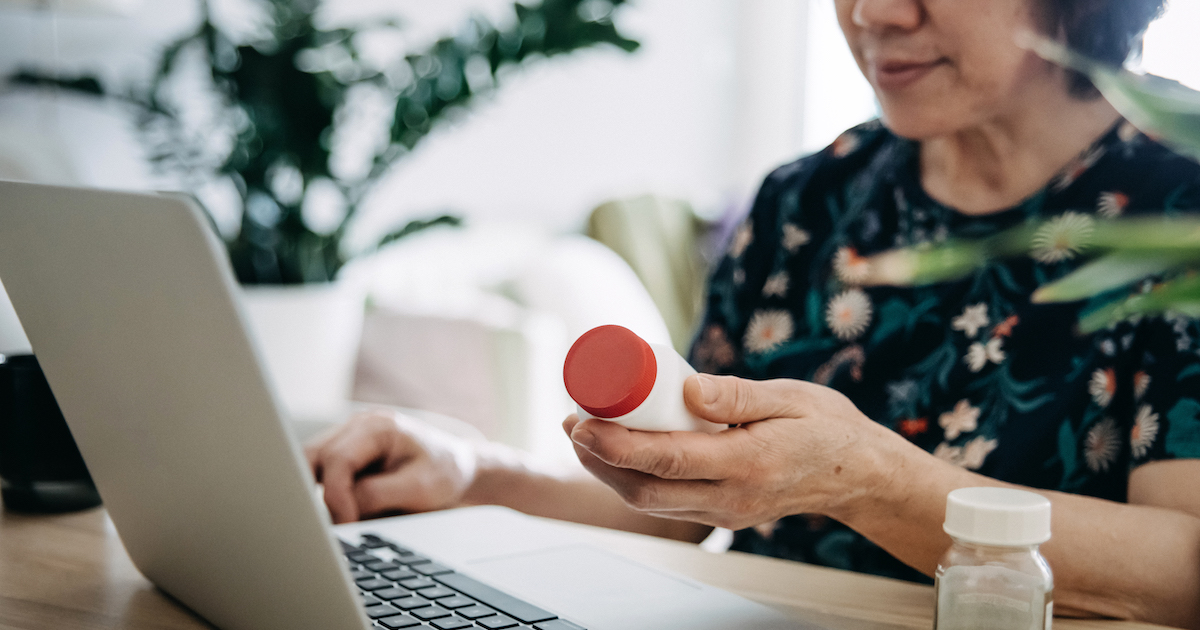Enough already with electronic medical records.
Only in healthcare is digitizing data a revolution. While few in the medical community doubt that digitizing data holds the promise to improve healthcare delivery, we’re still talking about data that’s, well, old. It’s like trying to manage your financial portfolio with last week’s newspaper quotes. What’s really poised to dramatically change healthcare – and healthcare delivery – is not historical data, but real-time data.
The real-time data streaming from a proliferation of new mobile health applications and devices – from video feeds to biometrics – will transform healthcare in much the way that it did the financial industry. From investors to stock exchanges, those in the financial community benefited greatly from the ability to access and act on data in real time. And so will patients and providers. Physicians will make treatment decisions based on the chest pain a patient is experiencing at the moment – from data being delivered real-time via mobile device to provider – rather than from symptoms several days prior reported during an office visit several days later. The healthcare system is moving from a world of inbound patients to inbound data – lots of data – and it will be much better because of this.
Here are four ways that real-time data will change healthcare:
1. Increased provider efficiency – imagine the empty waiting room. Our current healthcare system, particularly at the point of care, is rife with inefficiencies. Patients arrive at the emergency room for ailments that bear no real urgency; they visit their doctor's office after self-diagnosing cancer. And when they present, the provider must begin the cumbersome process of collecting data on the patient. Without inbound, real-time data, the delivery system as we know it remains pretty much in the dark until the patient is at the doorstep, which wastes time, money and, in some cases, minutes critical to patient care.
Mobile technologies create a much more efficient delivery model, one in which mobile devices collect real-time data that off-site health professionals can analyze immediately, saving providers time and resources for the most appropriate cases and making sure that the patient, when required, shows up at the correct point of care. Take the case of a patient with known congestive heart failure. With mobile health, this patient is closely and consistently monitored for health changes that require attention. Weight, blood pressure and even daily habits can be monitored for counseling or clinical intervention. Issues that once required an office visit – in order to collect data – will now be handled by devices and applications in, on or near the patient.
Real-time data make initial delivery more efficient, and will also enable a system in which a vast majority of care is performed virtually. Just imagine the empty waiting room. Today, physicians typically set up a course of follow-on visits after even minor procedures. With real-time data collected and analyzed by mobile devices, those six 15-minute follow-on visits. generally conducted exclusively for the purpose of collecting data, will no longer be necessary. Patients can receive counsel by phone, or even via device.
2. New payment models – it’s a virtual world. In the new age of mobile health and real-time data, reimbursement models will shift from payment being based per episode of care to models that ideally tie payment to health outcomes or that bundle the entire continuum of care into one payment. Both of these shifts are achievable only if Medicare and insurance providers acknowledge the value of virtual care. At the crux of these new payment models will be the ability of providers to receive payment based on responses to data and based on outcomes rather than process.
In a scenario in which payment is based on health outcomes, mobile devices will collect data and transfer that data to providers, who would act upon that data in real time. In other words, a provider would not have to physically see a patient to be paid, but rather would be paid on responses to data that achieve agreed-upon clinical health outcomes. While health outcomes are notoriously difficult to track and measure, mobile health (think biometrics) can help achieve this goal.
This also encourages efficiencies. For instance, consider the patient who goes in for heart surgery. While many of the follow-up visits would no longer require an office visit, providers would still be paid for responding to data that is collected virtually.
We are already on the path to this type of payment model with CMS’ bundled payment experiments, but payers will also pay for virtual services that replace physical services. These services will provide as good or better outcomes, be imminently more auditable for fraud (because each produces a digital transaction), improve access to healthcare services, lower costs and improve efficiency.
3. Emergence of new service providers – and transformation of the old. Mobile health will create a proliferation of valuable real-time data, but that’s only half the equation. What if there is no one to act upon the data? The value of data comes with the ability to instantly act upon it. Without a way to analyze and triage data, its entire value will be lost. Traditional health systems are not designed to manage millions of inbound data points. At best, their IT systems are designed for historical data. And most of today’s call centers merely handle inbound calls from patients self-diagnosing their ailments. Other companies, such as disease management companies, have typically focused more on outgoing data rather than incoming data. A few companies in the healthcare system, such as personal emergency response companies that send aid to someone who has fallen, do handle inbound data; however, generally they are not designed for the complexity or volume of inbound data flowing from new mobile health applications. Software will be key to managing the flood of inbound data, but algorithms can only go so far before a pharmacist, nurse or doctor must intervene.
While emergency response and disease management companies may adapt to the complexities of real-time data and alter their business models accordingly, there will also emerge a whole new class of specialty services companies to handle the data and respond to it virtually. These companies will have large call centers filled with healthcare professionals that will triage data, provide healthcare services for ailments that can be effectively managed virtually and route data and patients to the appropriate physical resource for those that can not.
4. A software company surge. With millions of data points per hour generated by mobile health applications, new software companies will emerge to collect, analyze and triage the data. The software could take data that indicates a patient is at imminent risk and route that data directly to a physician, or store it in a place where it can be accessed by anyone who has permission to view it. If the data is questionable, it could go to a call center where a doctor or other healthcare provider is able to act on it accordingly. In many cases, the software will become the workhouse of the system, with hundreds of algorithms designed to analyze all the data coming in from mobile apps.
Derek Newell is CEO of Jiff, Inc. He has also been president and CEO of Robert Bosch Healthcare and the CEO of Health Hero Networks, a U.S.-based remote-patient monitoring company, and the chief marketing officer of a leading disease management company.


